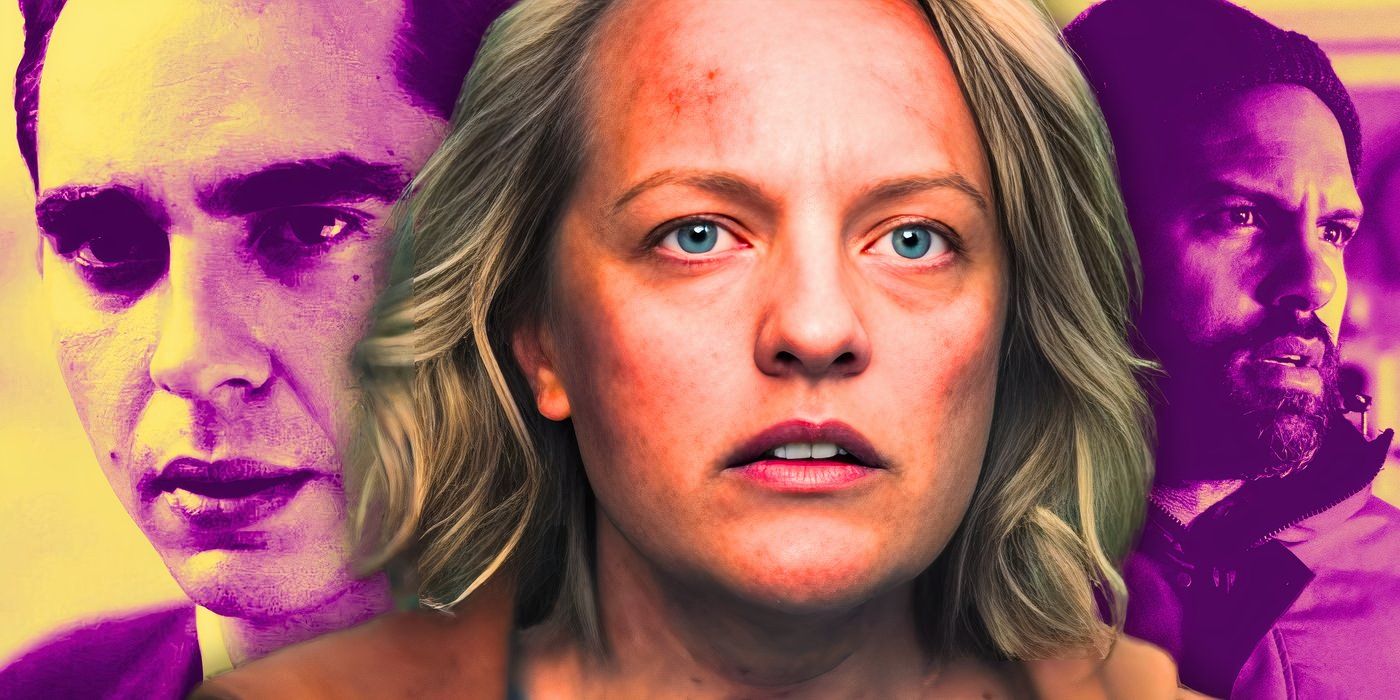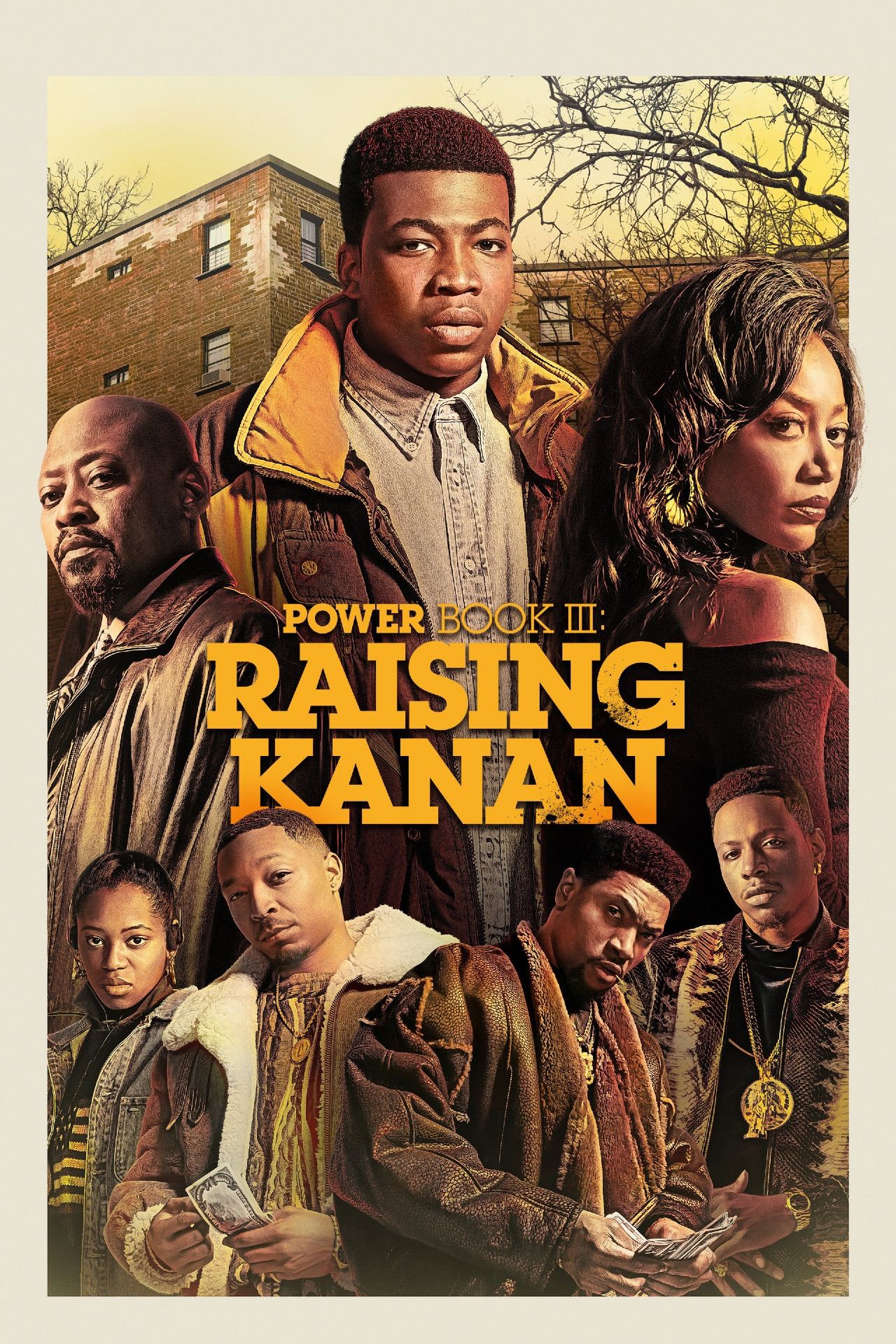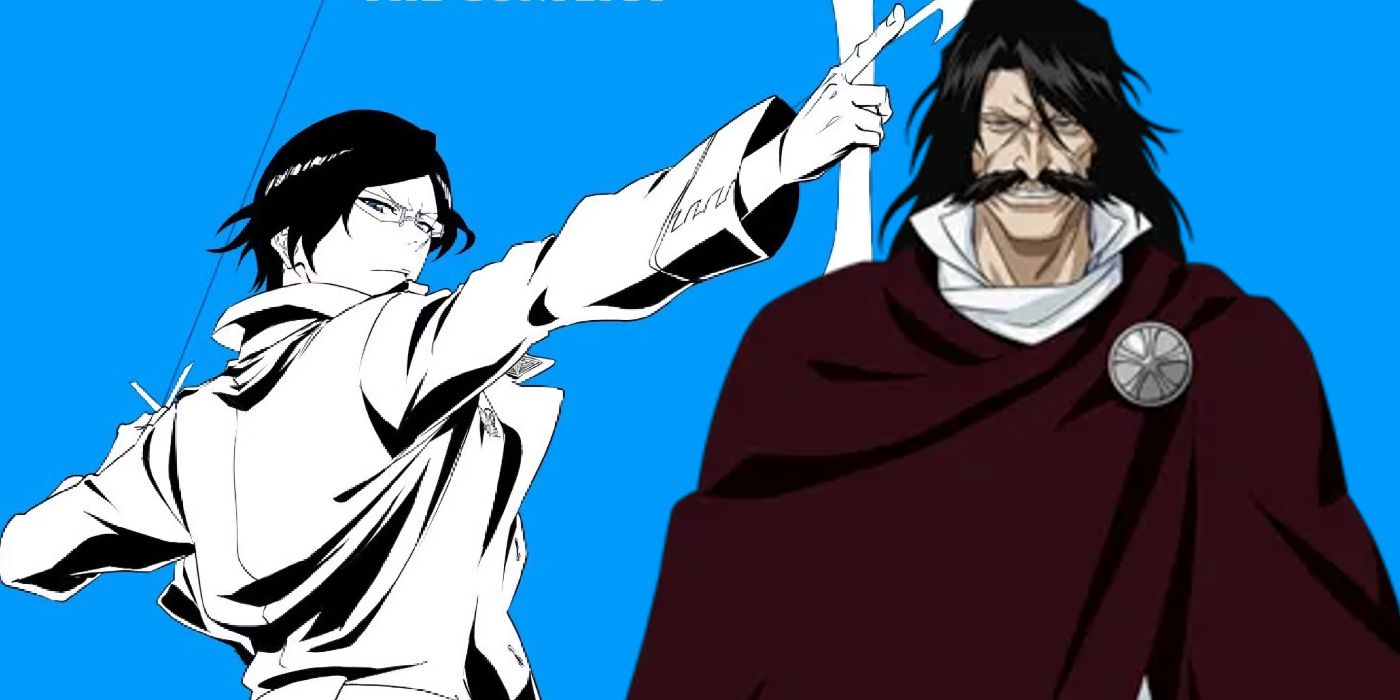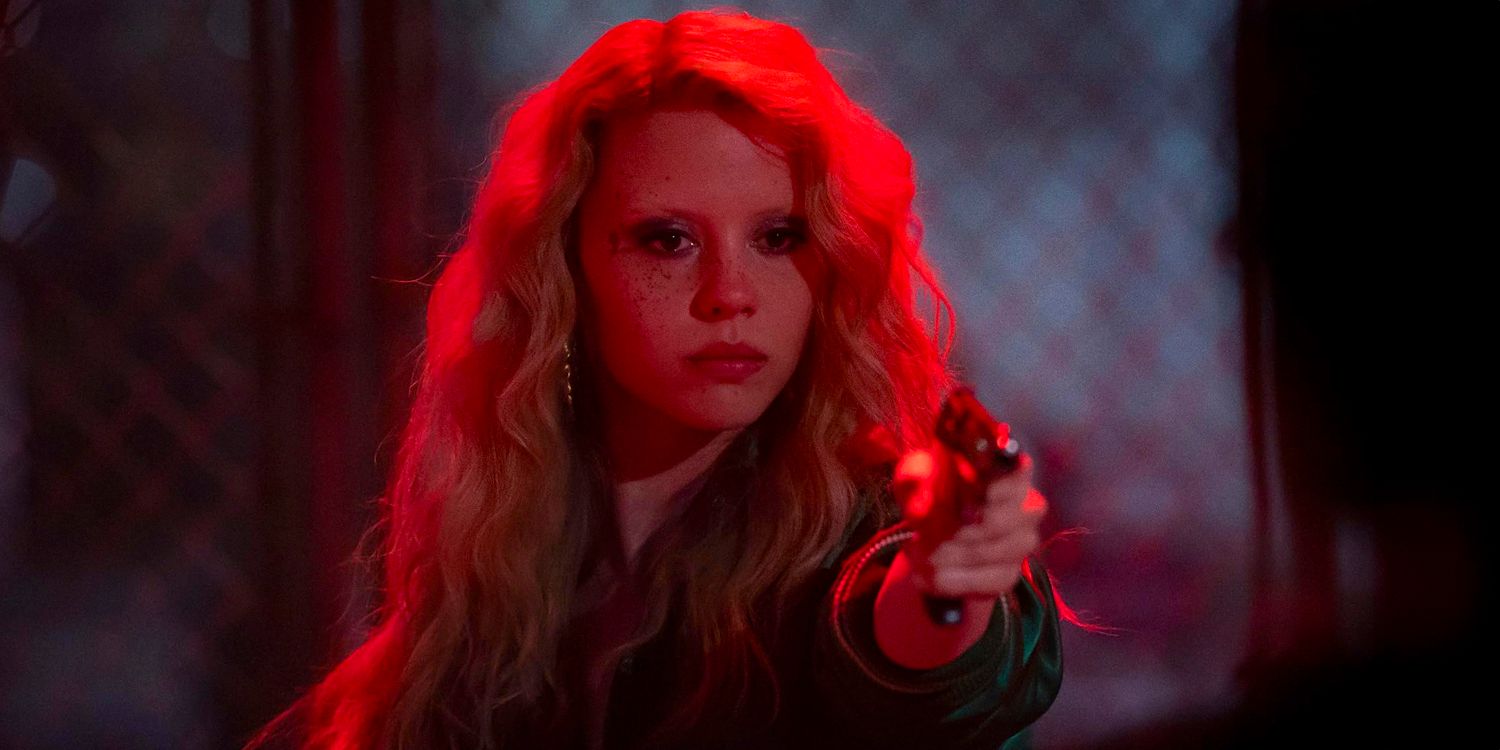Directed by Josephine Stewart-Te Whiu from a screenplay by Maddie Dai (with additional writing by Stewart-Te Whiu), We Were Dangerous tells an important story that centers young women, their freedom (and lack thereof), and strengthening friendship in the midst of a tumultuous situation. The film doesn’t always rise to the occasion, and there is some lost potential and a general lack of urgency, but We Were Dangerous’ heart is in the right place, bolstered by a great cast and a strong overall message.
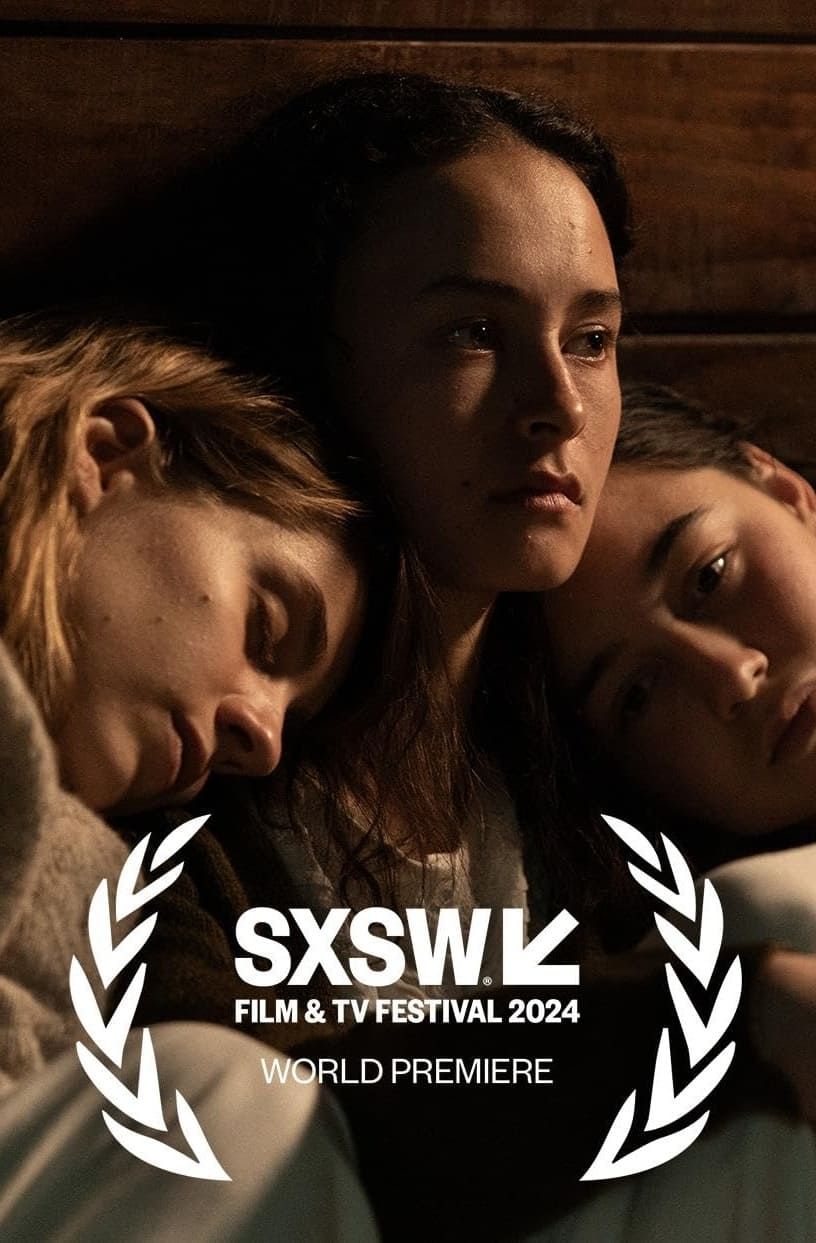
We Were Dangerous is a drama film about two girls who escape a delinquent center for girls in New Zealand only to be captured and sent to a remote island to continue their punishment. When the two meet a third girl, they develop a rebellious friendship as they face off with a woman whose faith may lead to a troubling outcome.
- The film’s core friendships are lovely
- The story tackles serious themes with importance
- There’s a lack of urgency to everything
- The film’s pacing could have been better
We Were Dangerous Falters In Its Pacing
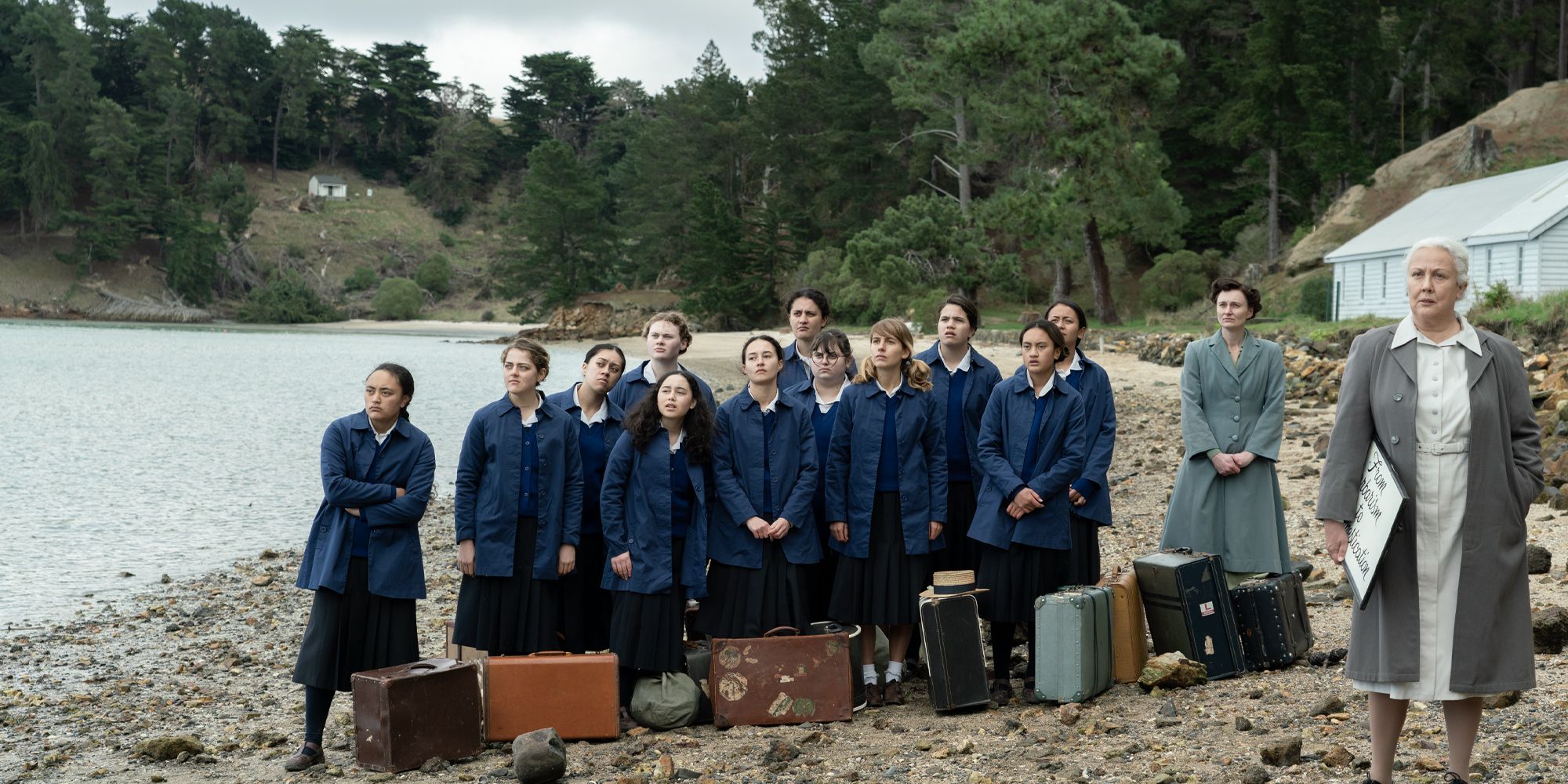
Set in 1950s New Zealand, We Were Dangerous follows three teens — Nellie (Erana James, whose most notable role was in Prime Video’s short-lived series The Wilds), Daisy (Manaia Hall), and Louisa (Nathalie Hall) — during their time at a delinquent institution run by the strict Matron (Rima Te Wiata). Through The Matron’s narration, we learn how each of the trio came to be at the delinquent home for girls, though the narrative tool can be stilted at some points, and unnecessary at others.
There’s a lot that is good about the film, but much of the story is stalled by pacing issues and plot dawdling. The story doesn’t fully pick up until we begin to approach the end, likely because it had already started to run out of steam by the middle. It can also be different to figure out The Matron as a character; she seems concerned about what might happen to the girls once a horrible medical procedure is introduced by a man from the mainland, while at the same time showing the girls no mercy or kindness.
We Were Dangerous (2024)
- Director
-
Josephine Stewart-Te Whiu
- Release Date
-
March 8, 2024
- Studio(s)
-
Fit Via Vi Film Productions
, Piki Films - Distributor(s)
-
Fit Via Vi Film Productions
, Piki Films - Writers
-
Maddie Dai
, Josephine Stewart-Te Whiu - Cast
-
Erana James
, Rima Te Wiata
, Nathalie Morris
, Manaia Hall - Runtime
-
113 Minutes
The film wants to tackle multiple themes, but it also struggles to do that because it doesn’t delve much beyond the surface of the characters’ situation. We Were Dangerous deflates after a while, primarily because it doesn’t quite know how to handle the revelations that come to light. The story builds to an ending that sees the teens taking direct action to help themselves, but the film struggles to infuse a sense of urgency and tension.
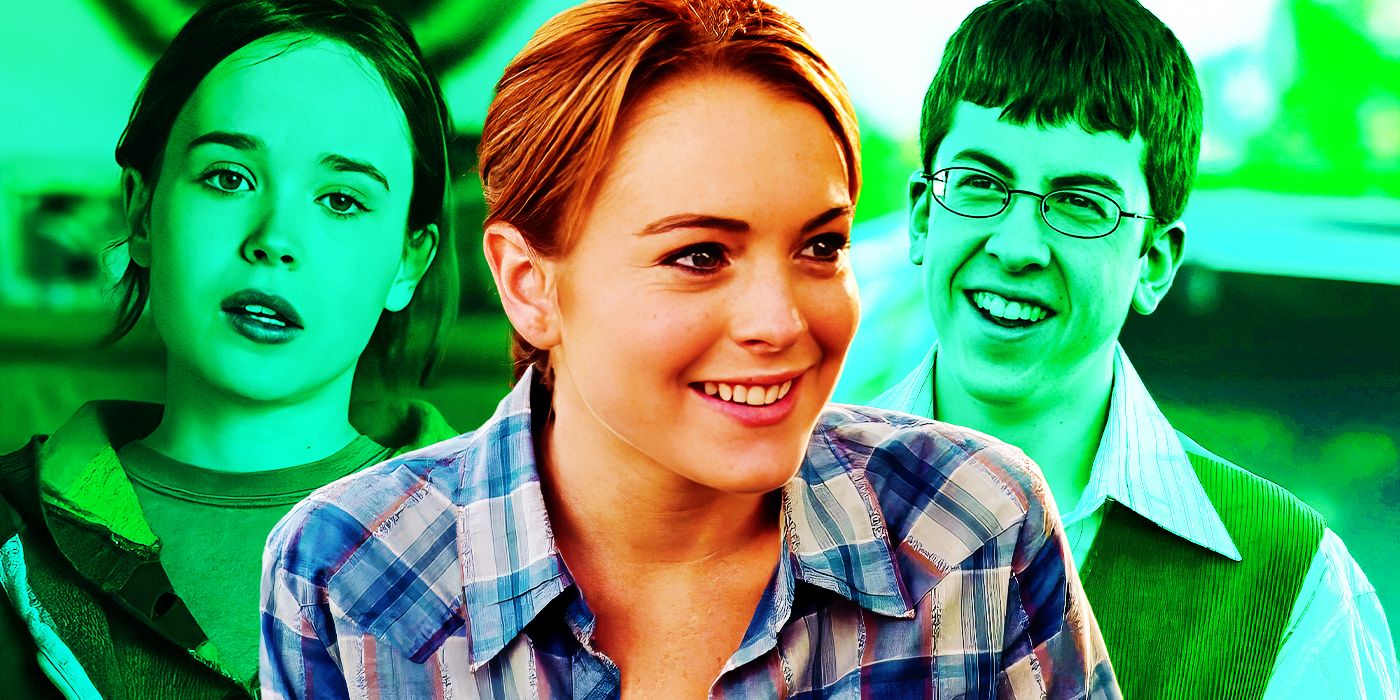
Related
13 Coming-Of-Age Movies That Define Millennials
The 90s and 00s were the best eras for coming-of-age movies, and there are plenty of iconic movies that really captured growing up as a millennial.
We Were Dangerous Is Grounded By Important Themes & Friendship
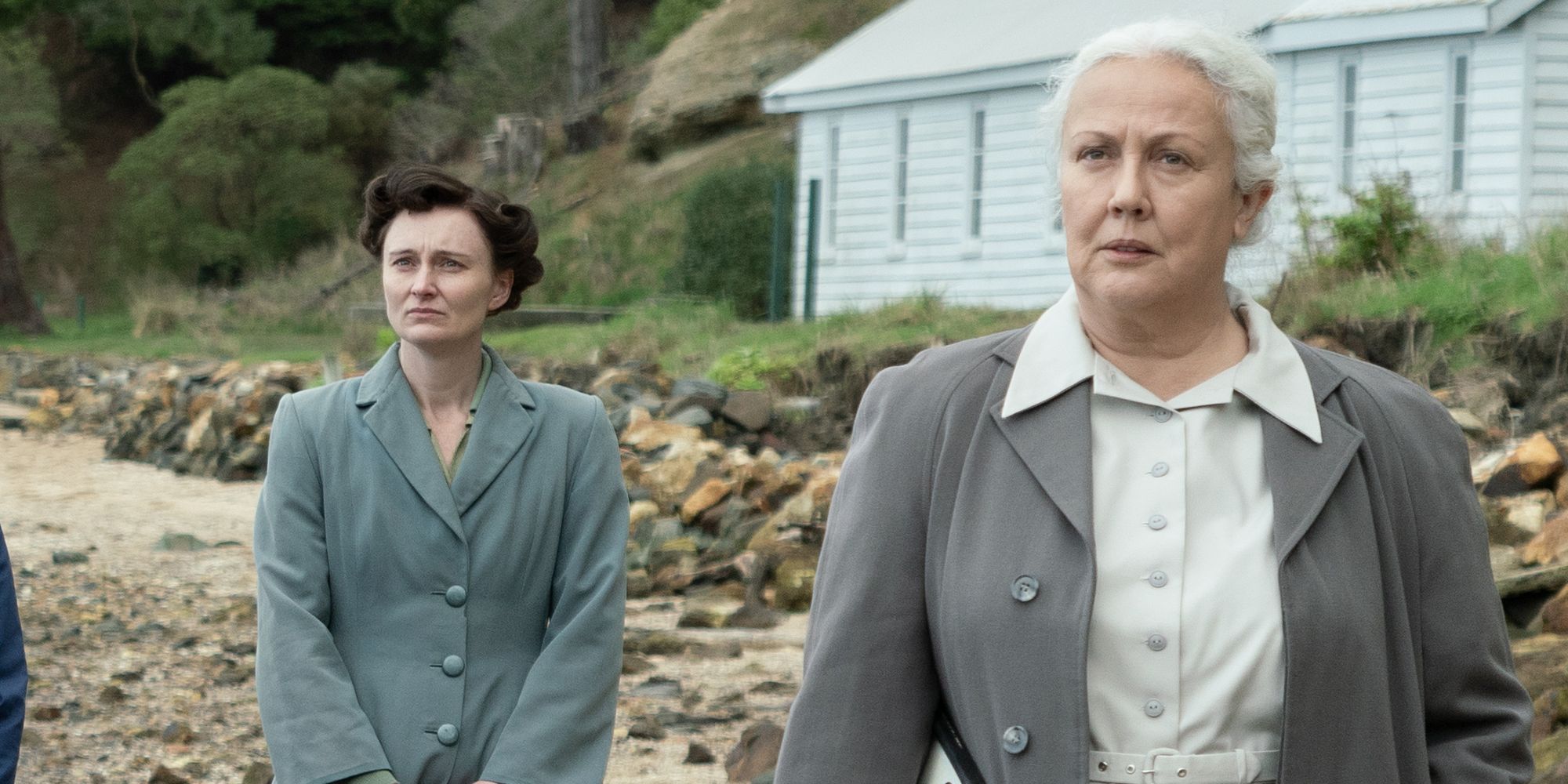
Crucially, however, the film explores how its students of color are treated compared to their white counterparts. The Matron acts as though Nellie and Daisy are delinquents who can’t be redeemed, whereas she’s far less harsh with Louisa, who comes from an affluent family. The three teens are friends, but, in a searing monologue, Nellie must remind Louisa that she and Daisy have more to lose, especially being of Māori background. Louisa, despite being banished by her family for being queer, can still rely on them to support her if worse comes to worst.
It’s in the exploration of this dynamic and the ways in which systems — and the people who wield power in it — behave towards young women of different races, regardless of whether they’re in the same situation, that We Were Dangerous is most engaging. The lackluster elements are overshadowed by the strength of Nellie, Daisy, and Louisa’s friendship. The trio’s friendship underscores what allyship can look like, especially since Louisa could have gotten by on The Matron’s favoritism; all she had to do was act like the student Matron wanted her to be.
What’s more, the film deals with some very dark narratives without losing its lightheartedness and humor. It’s a hard balance to keep, but We Were Dangerous maintains its spirit no matter how devastating the girls’ situation gets. It’s that spirit that keeps the film going, even when its pacing begins to drag, or its fight against misogyny and colonialism struggles to move forward significantly until the very end. Grounded in friendship and willing to tackle important themes, the film remains a worthwhile watch.
